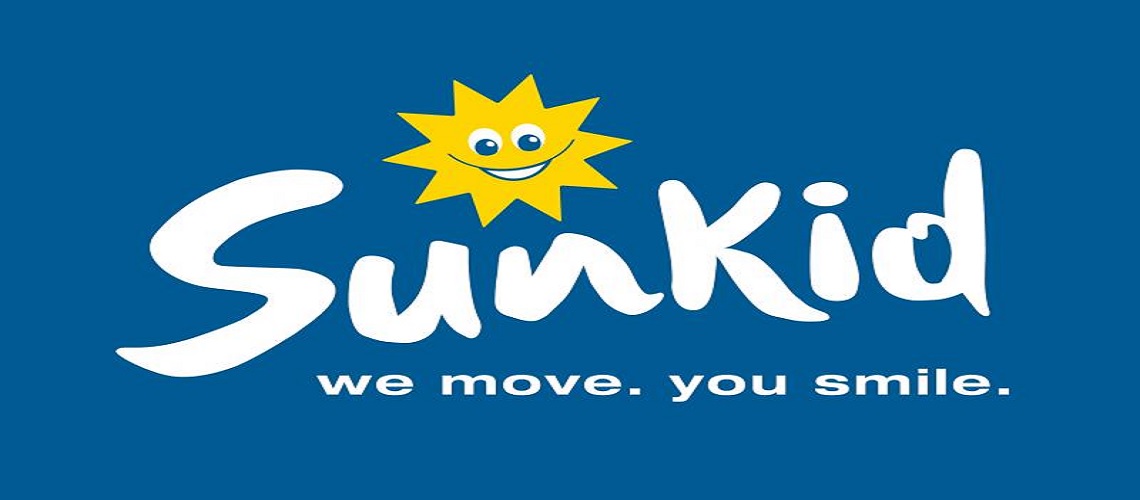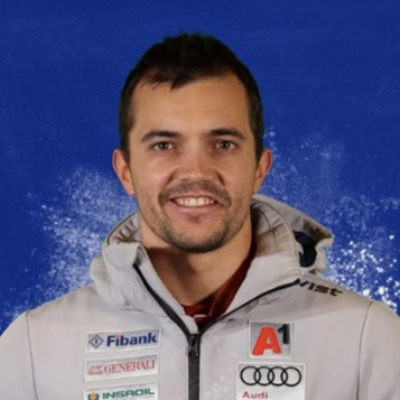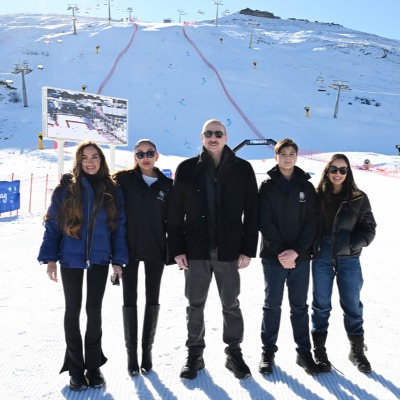Sunkid Highlights Technology & Quality

It doesn’t come as a surprise that Moving Carpet is replaced by a modern successor when it retires after nearly 25 years of use in snow and ice, in wind and weather, as was the case last year in Lenzerheide. Not “only” its many inventions and innovations have made the Moving Carpet the clear number 1 among person conveyor belts for a quarter century, but its high quality claim plays a role as well.
The Moving Carpet is at its best in the mountains and glaciers of this world. These locations offer a challenging environment that frequently puts a great strain on material and technical elements. It truly is a special achievement to develop a product that works reliably for years, and even decades, in spite of extreme temperature fluctuations, ice and snow, storms, periodic assembly and disassembly, or the strain of carrying up to 6,000 passengers per hour.
Tested under extreme conditions
Sunkid is the only manufacturer to operate its own research laboratory where the entire product, individual components, and innovations are tested under extreme conditions before they are launched on the market in order to guarantee smooth operation of the conveyor belts even in a snowstorm at ‑20° in an altitude of 3,000 meters.

A Moving Carpet under masses of snow in the extreme climate conditions on the Jungfraujoch at an altitude of 3,466 metres. The mean annual temperature here is at -7.9 °C with variations from -37 °C to +12 °C. Wind speeds can reach 260 km/h. Heavy ice development, snow, and avalanches must be expected around the year.
Among other things, the research centre has a 30 m² cooling chamber where engineers and technicians put the Moving Carpet through its paces at temperatures all the way down to -20 C°. Test facilities developed and built in-house, such as a tensioning system to determine the practical breaking force of conveyor belts and belt splices, contribute important results as well. The load where a conveyor belt and its splices reach their limits when subject to the most diverse and often-changing conditions is a decisive factor. Determining this value based strictly on the manufacturer’s specifications for the individual components was no option for Sunkid. This is not bound to change. The special mechanical engineering department built a test station developed specifically for this purpose. As a result, not only material tests could be performed, but the results could also be used for new developments and improvements.

Sunkid’s research and development department is shares the administration building and surrounding factory halls, newly opened in 2019, at the main facility in Bruckschlögl – Bad Goisern.
Research & development at the highest level
Some subjects and questions cannot be solved in the research and development department directly but require the help of external specialists. The high-speed conveyor belt tests (up to 1.2 m/s) performed in France in 2019 are one example here. The renowned French Institute of Sciences and Technologies for Transport, Planning and Networks IFSTTAR, and Claude Bernard University accompanied Sunkid in the biomechanical analysis of the effect of various settings of the safety flap release resistance on the risk of injury in high-speed conveyor belts.
The study’s objective was countering the accidental triggering of the safety flap at high speeds with the resulting emergency shutdown of the conveyor belts. Unexpected stopping of the system would not only affect smooth operation, but also is quite inconvenient for the users. Since official studies used to be limited to the speed range of up to 0.7 m/s, Sunkid invested in extensive research to improve the Moving Carpet even further.

IFSTTAR staff, and scientists from Claude Bernard University, at work with engineers and technicians from Sunkid.
The study took place using a crash test dummy simulating a 6-year-old child. The dummy used was a P6 child dummy that is also found in crash tests in the automotive sector. A full series of test runs examined the effects of speed and trigger resistance in different settings on the potential risk of injury. The results of these measurements were analysed and categorised using the internationally recognised “Abbreviated Injury Scale”. The insights gained from this could be compared to those of the French cableway authority STRMTG. The result was as follows: “The biomechanical analysis of the head and neck injury criteria for tests on a Sunkid conveyor belt at different speeds (0.7 and 1.2 m/s) for different drop opening configurations did not reflect any excess risk by comparison to the general study on conveyor belts previously conducted for the STRMTG.” The experience and detailed values acquired in this study are now being incorporated into development of the latest generation of the Moving Carpet. Of course, the designers and engineers at Sunkid will test the measures derived from this down to the last detail in the research centre again before putting them into practice.













